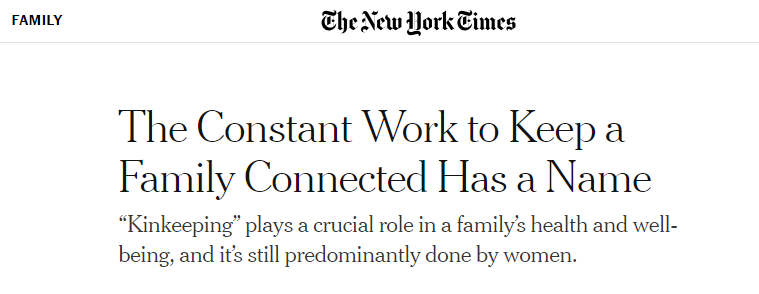Virtual Memorials
In the past few months I’ve been asked to help with 3 virtual services. Here are a few of the things I’ve learned. If you would like my help with a virtual memorial please reach out.
- Probably as with the rest of life, every virtual experience is different and none of them go perfectly. As much as you practice and prepare know that there will be hiccups. They probably do something to humanize the experience rather than put a dent in it. That said, mostly I’ve seen these events be really sweet experiences where people share what they loved about their loved one. Participants have come away surprised at what a lovely experience a virtual memorial can be.
- Do hold a tech run-through – try out things like sharing the screen to show a slideshow and practice spotlighting people and muting people if it’s going to be a big group so that the main person speaking can be heard.
- Make sure that the main person who is overseeing the event understands well how to use Zoom or whatever platform you’re using. Also, ideally, hand this role off to a professional or at least not someone who is close to the loved one – so they can experience the memorial and relax into it.
- Know that the event will probably go better than you can imagine. People will share in all sorts of unexpected ways. Every time I’ve run one of these I’ve noticed that the events have a natural flow and really seem satisfying to the people who attend.
- Given that not everyone is an expert with Zoom, it makes sense to hold a short training session early on in the event. In this I highlight how one can change or add their name if they want to; how to use the chat feature; how to turn off one’s video so that connectivity is improved in some cases; how to mute oneself; how to raise your hand; and different ways of viewing – speaker vs. gallery view, for instance. As Zoom continues to change, so does the short tutorial.
- Decide in advance whether you want to record the session or not – and perhaps let participants know if they’re being recorded.
- podcast on the topic 3.28.21 led me to Memories.net
Testimonials:
From the Songwriter Soiree Website – some tips on using Zoom.
ZOOM TIPS
Using Zoom for the First Time? Here is a good INTRODUCTION VIDEO on how to join a meeting!
-
MAKE SURE YOU ARE MUTED (you will be muted upon entry).
-
Top right of screen: speaker view or gallery view – try those out.
-
You can click on a person’s square and pin them – then you’ll see them big.
-
At the bottom is a chat function – you can use that to chat with others individually or everyone at once.
-
Zoom usually works better using a laptop or desktop over a phone – and on a computer it likes the Chrome browser. With a phone you don’t get all the bells and whistles you would get with the other devices.
-
Please keep your camera steady.
-
Confidentiality is important – and I’ll always remind people of this. No screen-shots, no recording. (unless there is consent by the whole group).
-
If you come in late or don’t quite get the instructions, try your best to listen and follow along 🙂
-
Scroll around on the screen and see what you see and teach yourself how to use Zoom. Like many programs – it works differently on different platforms. Don’t get hung up on the tech – notice who’s speaking and focus on that.
AUDIO TIPS – IMPORTANT FOR PERFORMERS!
-
Use just one mic for both guitar and voice. Using more than one input causes phase cancellation of common frequencies.
-
Before joining, make the following adjustments to your ZOOM audio:
-
Go to your ZOOM preferences>settings>Audio. Uncheck “Automatically adjust microphone settings.” (test this out).
-
Go to Preferences>Settings>Audio>Advanced>Audio Processing: Under “Suppress Persistent Background Noise” AND Suppress Intermittent Background Noise” Select “DISABLE.”
-
Also check “Show in meeting option to “Enable Original Sound” from microphone. You will then have an option on your Zoom chats on the top left of the screen. Press “Enable Original Sound” during the meeting to use your sound setup the way you intended. Try it out first and have someone hear the difference. It’s a big one.
-
Now you will see a button in the upper-left corner during the meeting, which lets your turn Original Sound on or off. We recommend you turn it on when you will be playing an instrument. You may need to turn it off when you are speaking or singing without playing an instrument.
-
Start your own meeting in the App and record yourself. When you end the meeting, the software will compile a video that you can watch and listen to. You will only sound as good online as that recording. Make audio input adjustments to reduce distortion and test again.
-
Please consider doing a test beforehand with another friend using zoom to test your sound.
-
Play around with volume and or position from the mic to get the best sound.
-
What has worked well for many: Using a Mac audio interface for audio input with a good quality microphone with compression and EQ being applied through interface software. But use what you have! The built in mic can be just fine.
 I’ve been using email to send out a newsletter to my friends and family for the past
I’ve been using email to send out a newsletter to my friends and family for the past 







